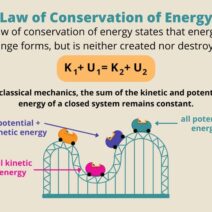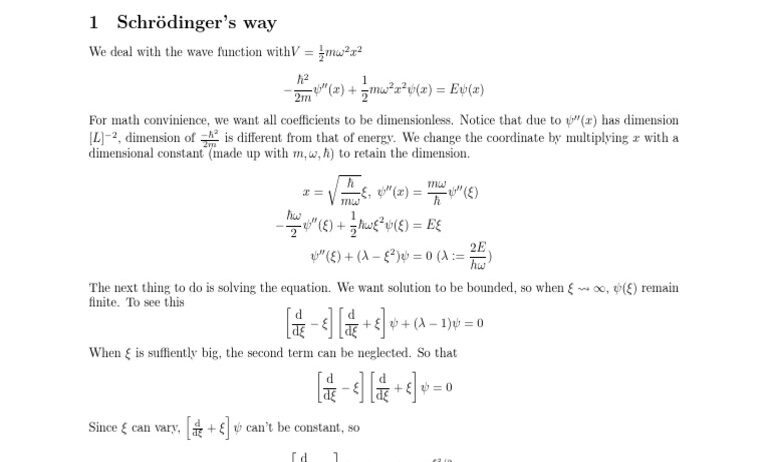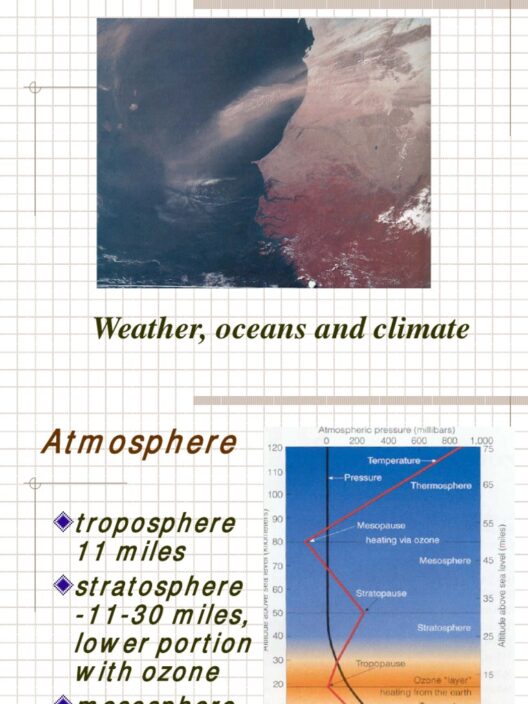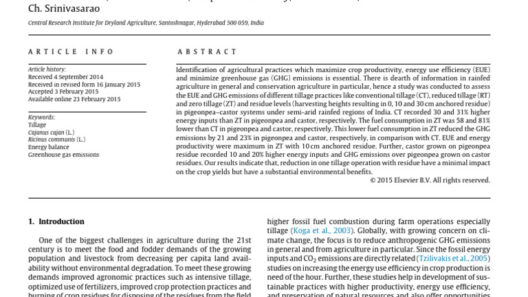The harmonic oscillator, a quintessential model in physics, acts as a delicate pendulum swinging through the fabric of time. It elucidates the elegant interplay between potential and kinetic energy, embodying the very essence of conservation laws. In the quest to derive the equation of motion for such systems, we delve into the conservation of energy—the guiding principle that allows us to transcend mere observation and delve into the underlying mechanisms that govern motion and oscillation.
At its core, the harmonic oscillator can be likened to a finely tuned musical instrument, where every note played resonates with precise harmony. This model is characterized by its restoring force, which is directly proportional to the displacement from equilibrium—a linear characteristic that produces a symphony of oscillatory motion. To encapsulate this relationship mathematically, we begin by invoking the foundational principle of energy conservation.
As a system transitions from potential energy to kinetic energy, and vice versa, the total mechanical energy (E) is conserved. The potential energy (U) in a harmonic oscillator, governed by Hooke’s law, is given by:
(U = frac{1}{2} k x^2)
Here, (k) represents the spring constant, a measure of the stiffness of the restoring force, and (x) denotes the displacement from the equilibrium position. The potential energy encapsulates the stored energy within the system, analogous to the tension in a drawn bow, waiting to be released.
Conversely, the kinetic energy (K) of the oscillator, the energy of motion, is represented by:
(K = frac{1}{2} mv^2)
where (m) is the mass of the oscillator, and (v) is its velocity. This relationship encapsulates the vigor of the system as it zips through its oscillatory path like a water droplet careening down a hill, gathering speed amidst its journey.
In a closed system, the sum of the potential and kinetic energy remains constant:
(E = U + K = text{constant})
By substituting the equations for potential and kinetic energy, we derive:
(E = frac{1}{2} k x^2 + frac{1}{2} mv^2)
This equation lays the groundwork for understanding the oscillatory dynamics. To investigate the motion more closely, we can rearrange this expression to focus on one energy type at a time. Let’s isolate the kinetic energy:
(K = E – U = E – frac{1}{2} k x^2)
Now, we can express velocity in terms of displacement. Velocity (v) is the derivative of displacement with respect to time, (v = frac{dx}{dt}). Substituting this into the equation for kinetic energy yields:
(frac{1}{2} m left( frac{dx}{dt} right)^2 = E – frac{1}{2} k x^2)
Multiplying through by 2 to eliminate the fractions, we obtain:
(m left( frac{dx}{dt} right)^2 = 2E – kx^2)
Next, we can isolate (frac{dx}{dt}):
(frac{dx}{dt} = sqrt{frac{2E}{m} – frac{k}{m} x^2})
This equation colors the motion of the harmonic oscillator, portraying it as an interplay between kinetic vigor and potential repose. Yet, to comprehend the harmonic nature thoroughly, we need to relate this displacement back to the acceleration, noted as (frac{d^2x}{dt^2}). Using Newton’s second law (F = ma), we recognize that the net force (F) acting on the oscillator can also be expressed through Hooke’s law as:
(F = -kx)
This inverse relationship underscores that the force acting upon the oscillator is a restorative one, continuously pulling it back towards its equilibrium position. From Newton’s second law, we know:
(ma = -kx)
Rearranging allows us to substitute for acceleration, stating:
(m frac{d^2x}{dt^2} = -kx)
Dividing through by (m) leads to:
(frac{d^2x}{dt^2} + frac{k}{m} x = 0)
This equation aptly represents the motion of the harmonic oscillator. Its solutions reside within the realm of trigonometric functions, yielding the familiar forms of sine and cosine oscillations, which epitomize periodic motion. In general, the solution can be expressed as:
(x(t) = A cos(omega t + phi))
where (A) represents the amplitude of oscillation, (phi) the phase constant, and (omega = sqrt{frac{k}{m}}) the angular frequency. This harmonizing formula draws an exquisite portrait of the oscillator dancing within its boundaries of energy—a compelling narrative of motion defined by conservation principles.
In conclusion, the exploration of the harmonic oscillator through the lens of conservation of energy reveals a profound interconnectedness. Each energy transition fashions a tale of balance and restoration, echoing the eternal dance of equilibrium. This derivation not only serves to model physical systems but also invites introspection on broader themes of harmony and sustainability—a reminder of the delicate balance that sustains life itself. Understanding these principles allows us to appreciate the choreography of our own world, where energies intertwine, creating a resonance that extends far beyond the realm of classical mechanics.







